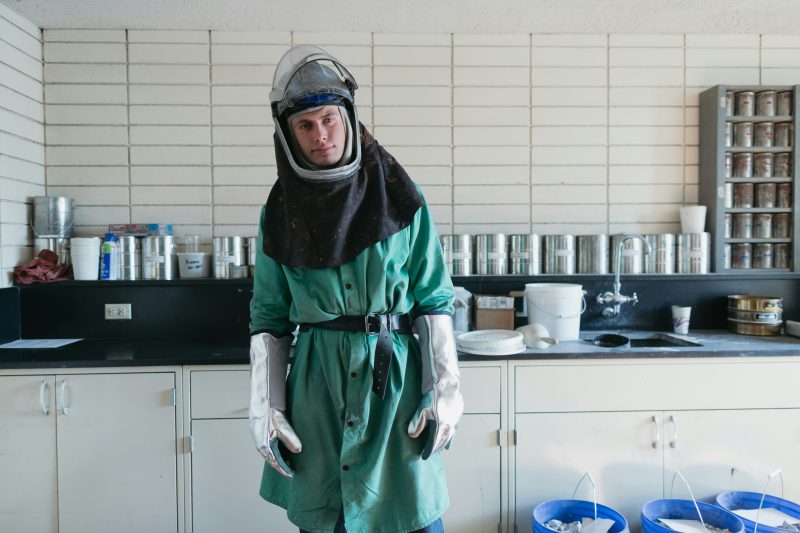Last Updated on: 3rd July 2024, 11:47 am
The Control of Substances Hazardous to Health (COSHH) regulations were introduced to ensure UK employers effectively control material exposure to protect employees and others.
Various substances and materials can prove harmful to people’s health, such as breathing in gases, fumes, or dusts, or the eyes or skin coming into contact with corrosive gels, liquids, or powders. Also, microorganisms could be present in materials, which might be toxic or cause an infection or allergic reaction.
The laws are designed to protect everyone, but employers can make errors that could lead to one or more people encountering a hazardous material. Prevent the worst from happening and learn about the common COSHH mistakes small businesses should avoid.
Storing COSSH Chemicals in the Wrong Containers
Never place chemicals in the wrong containers, as it could result in a serious incident. For instance, adding chemicals to a drinking bottle or food container could result in a person consuming a toxic substance.
Keep your employees and visitors safe by investing in Seton COSHH supplies, such as chemical containers, drum pallets, and COSHH cabinets and cupboards. Storing chemicals in the correct containers will prevent incidents and provide users with clear instructions on the labels. Also, you can trust many will feature secure lids, safety pouring spouts, and plunger cans to prevent spillages, inhalation, and contact with skin or eyes.
Inexperienced Staff Conducting an Assessment
A COSSH risk assessment should never be completed by inexperienced staff, as the law states it must be conducted by a competent person. Appointing the wrong person will increase the likelihood of someone encountering a toxic material or substance, and your business could face various legal consequences. Consider a person’s experience and qualifications to ensure they can handle the important responsibility.
Placing Chemical Containers at a Height
If you place one or more chemical containers at a height, such as a high shelf, you will increase the risk of it falling. As a result, it could lead to toxic spillages or employee injuries, and your business will be responsible for the incident. Also, storing chemicals at a height will increase the risk of them being mishandled when needed.
Ignoring Employee Feedback
As your employees are responsible for safely handling hazardous substances and materials and are the people who are the most likely to be affected by COSHH risks, you must regularly seek their feedback. For instance, they might have spotted an issue that might have gone unnoticed by the business, which is why you mustn’t ignore their concerns or feedback. It will allow a competent person to conduct a thorough COSHH risk assessment and protect all employees and visitors each day.
Failing to Cross-Reference with Previous COSHH Risk Assessments
Many businesses make the mistake of failing to cross-reference with older COSSH assessments. Most risks won’t be eliminated immediately and may need further monitoring. For this reason, the issue should be reviewed and assessed with each assessment. If you don’t cross-reference with older assessments, your business may ignore a risk, increasing the likelihood of an accident in the workplace.









